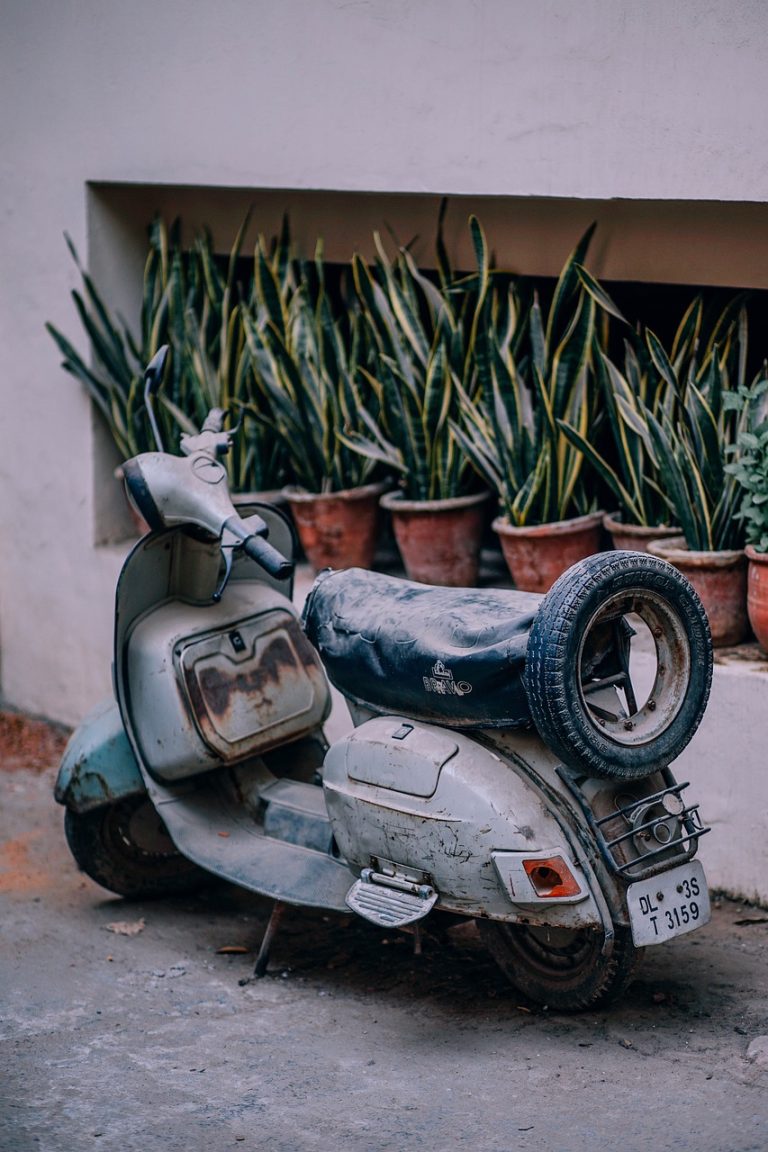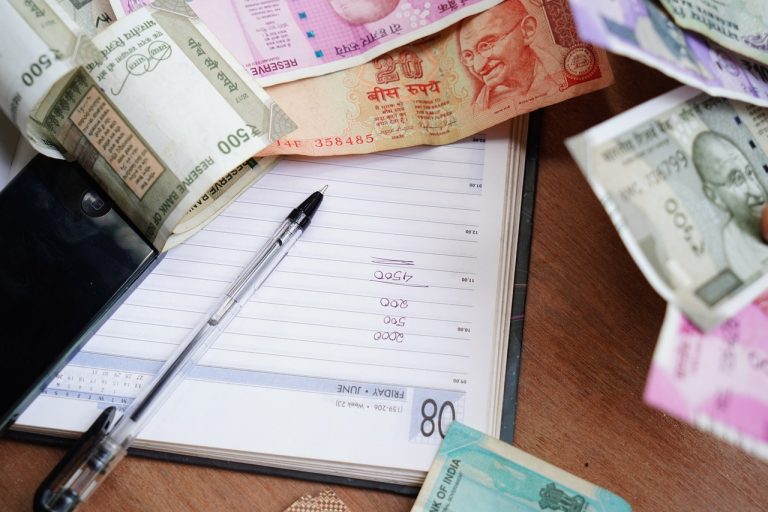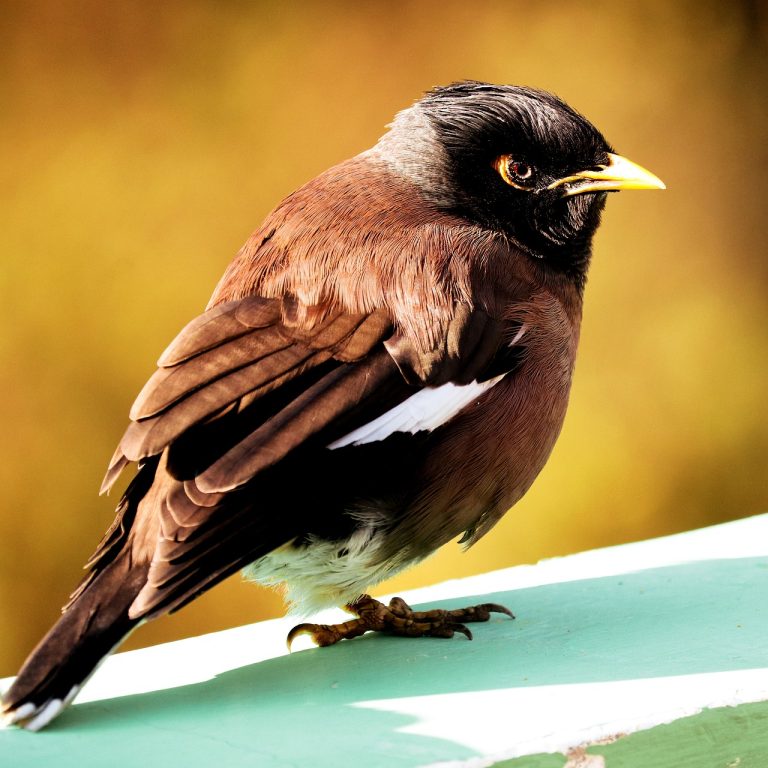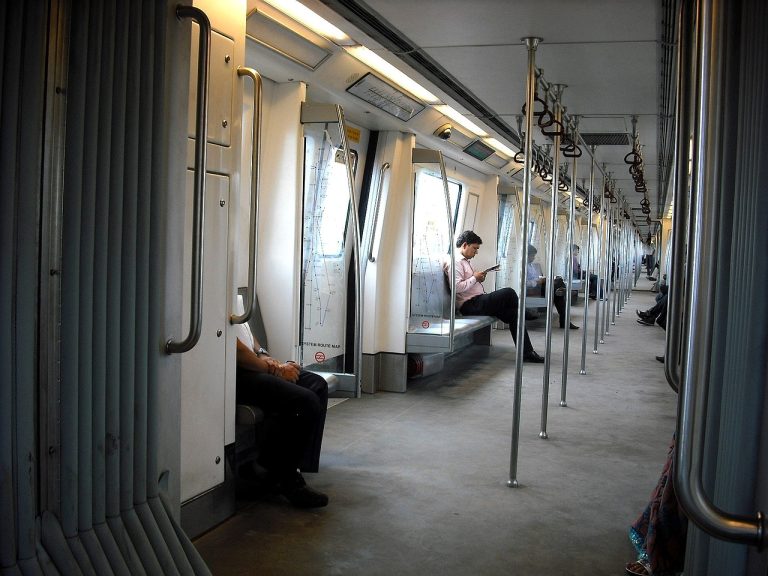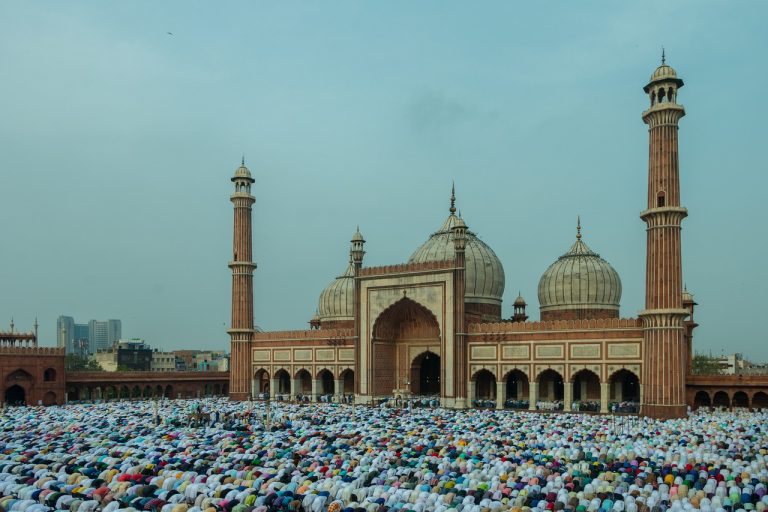Delhi India Video
Traditional Festivals and Celebrations of Delhi, India
Delhi, the capital city of India, is known for its vibrant culture and rich heritage. The city is home to a diverse population, and this diversity is reflected in its traditional festivals and celebrations. From religious festivals to cultural events, Delhi offers a plethora of celebrations that showcase the traditions and customs of its people. Let’s explore some of the most significant traditional festivals and celebrations of Delhi.
Lohri
- Bonfire: Lohri marks the end of winter and the arrival of longer days. People gather around bonfires, sing traditional songs, and perform folk dances.
- Punjabi Delicacies: Traditional Punjabi dishes like Makki ki Roti (cornbread) and Sarson ka Saag (mustard greens) are prepared and enjoyed during Lohri.
- Dancing and Singing: People indulge in Bhangra and Giddha, traditional Punjabi folk dances, to celebrate the occasion.
Delhi India Image 1:
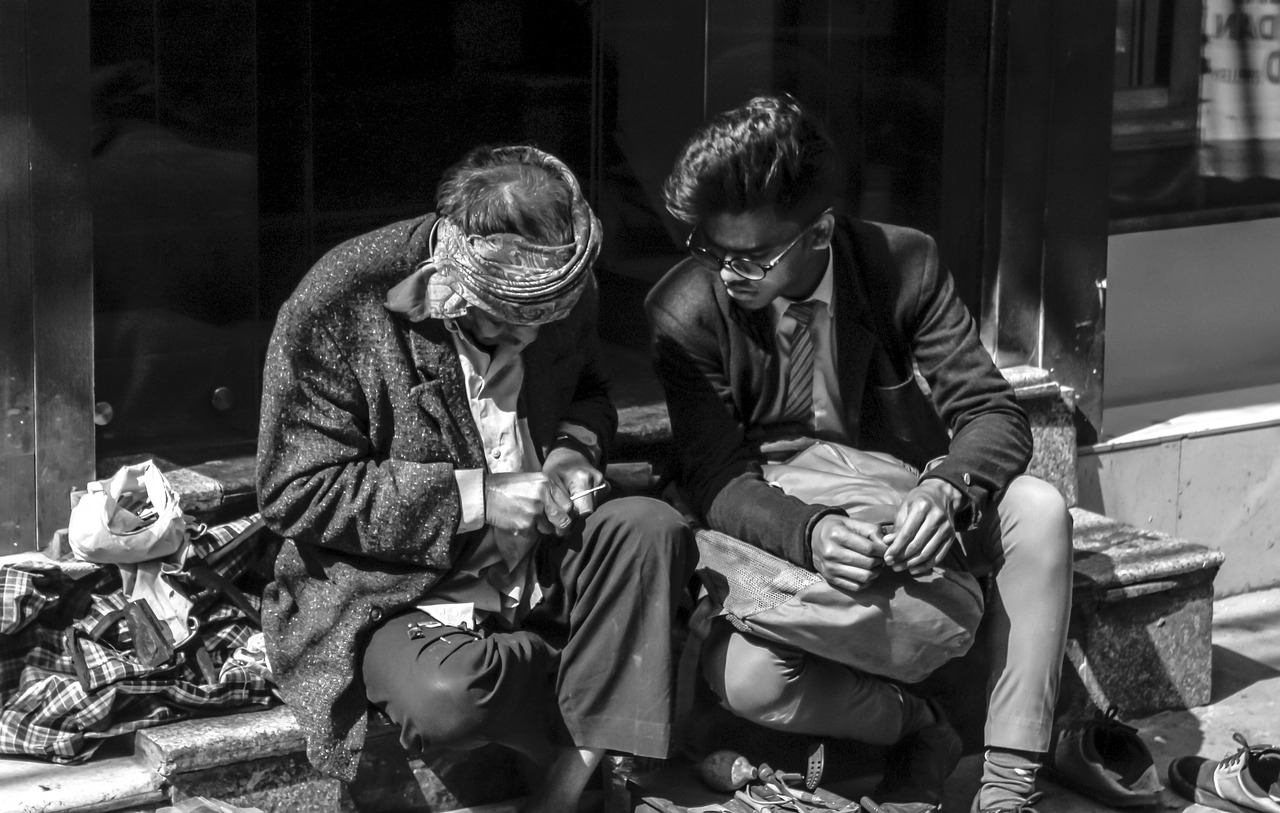
Holi
- Colors and Water: Holi, the festival of colors, is celebrated with great enthusiasm in Delhi. People throw colored powders and spray water on each other, symbolizing the victory of good over evil.
- Traditional Sweets: Gujiya, a sweet dumpling filled with khoya and dry fruits, is a popular delicacy during Holi.
- Bhang and Music: Bhang, a traditional drink made from cannabis, is consumed during Holi celebrations. Music, dance, and singing add to the festive atmosphere.
Diwali
- Lighting of Diyas: Diwali, the festival of lights, is celebrated by lighting oil lamps (diyas) to symbolize the victory of light over darkness.
- Fireworks: Colorful fireworks light up the night sky, adding to the festive spirit of Diwali.
- Sweet Treats: Traditional Indian sweets like Gulab Jamun, Jalebi, and Kaju Katli are prepared and exchanged among family and friends.
Delhi India Image 2:
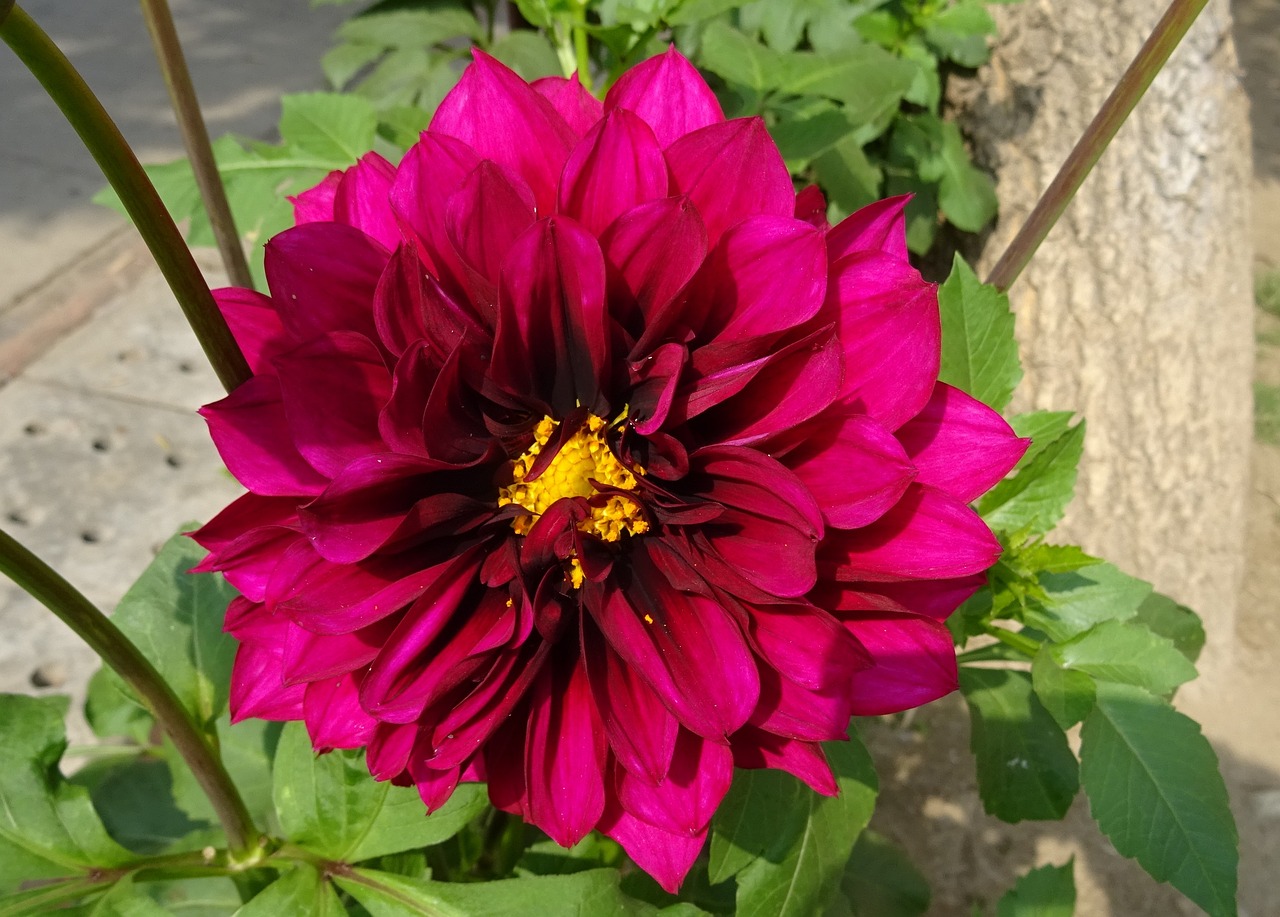
Eid-ul-Fitr
- Prayers and Charity: Eid-ul-Fitr marks the end of Ramadan, the holy month of fasting for Muslims. People gather at mosques to offer prayers and engage in acts of charity.
- Feast: Families come together to enjoy a grand feast, which includes traditional dishes like Biryani, Sheer Khurma, and Kebabs.
- Exchange of Gifts: It is customary to exchange gifts and visit relatives and friends to celebrate the joyous occasion.
Janmashtami
- Lord Krishna’s Birth: Janmashtami commemorates the birth of Lord Krishna. Devotees fast throughout the day and break the fast at midnight, the time when Lord Krishna is believed to have been born.
- Raas Leela: The famous dance-drama, Raas Leela, depicting Lord Krishna’s playful interactions with the Gopis (cowherd girls), is performed during Janmashtami.
- Decorated Cradles: Cradles adorned with flowers and decorations are prepared to celebrate the birth of Lord Krishna.
Delhi India Image 3:
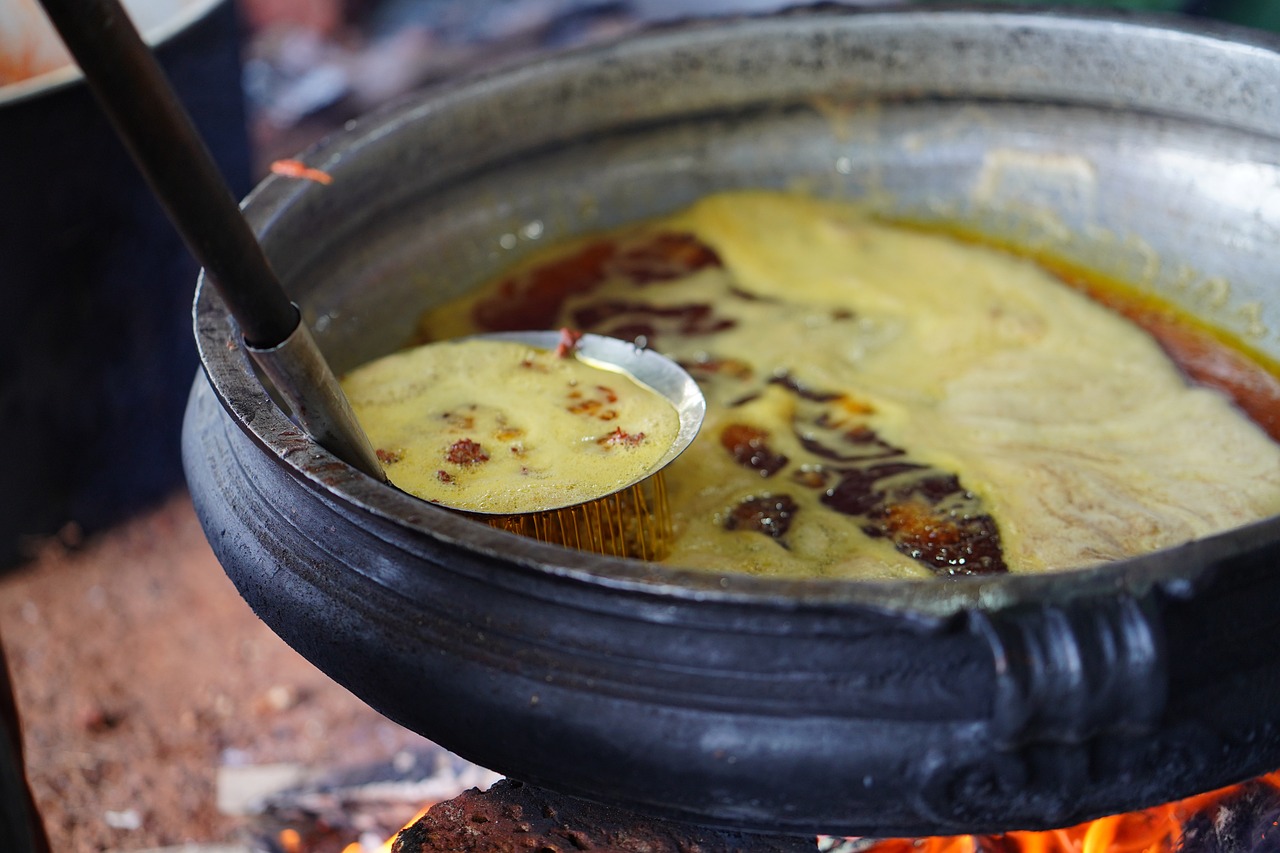
Maha Shivaratri
- Night of Lord Shiva: Maha Shivaratri is dedicated to Lord Shiva. Devotees observe fasting and offer prayers throughout the night.
- Shiva Temples: People visit Shiva temples, especially the famous Akshardham Temple and the Shiv Mandir at Connaught Place, to seek blessings.
- Rudra Abhishek: The ritualistic bathing of the Shiva Linga with milk, yogurt, honey, and water is performed as a mark of devotion.
Gurpurab
- Birth of Sikh Gurus: Gurpurab celebrates the birth anniversaries of the ten Sikh Gurus. Sikhs visit Gurudwaras (Sikh temples) and participate in prayers and processions.
- Langar: Langar, a community kitchen, serves free meals to all visitors as a symbol of equality and sharing.
- Kirtan: Devotional hymns and music, known as Kirtan, are performed to honor the teachings of the Sikh Gurus.
Navaratri and Durga Puja
- Nine Nights of Worship: Navaratri is a nine-night festival dedicated to the worship of the Hindu goddess Durga. Elaborate ceremonies and rituals are performed during this period.
- Garba and Dandiya Raas: Garba and Dandiya Raas, traditional Gujarati folk dances, are performed during Navaratri celebrations.
- Pandals and Idols: Elaborate pandals (temporary structures) are set up, and beautifully crafted idols of Goddess Durga are worshipped.
Baisakhi
- Harvest Festival: Baisakhi is celebrated as a harvest festival, especially by the farming community. Farmers offer prayers for a bountiful harvest.
- Bhangra and Giddha: Colorful folk dances like Bhangra and Giddha are performed to celebrate the joyous occasion.
- Punjabi Cuisine: Traditional Punjabi dishes like Sarson da Saag and Makki di Roti are prepared and enjoyed during Baisakhi.
Raksha Bandhan
- Bond of Sibling Love: Raksha Bandhan celebrates the bond between brothers and sisters. Sisters tie a protective thread (rakhi) around their brothers’ wrists, and brothers offer gifts in return.
- Traditional Rituals: Prayers are offered, and siblings exchange sweets and gifts as a symbol of love and protection.
- Family Gatherings: Families come together to celebrate Raksha Bandhan and strengthen their relationships.
Conclusion
Delhi, with its vibrant cultural fabric, celebrates a wide range of traditional festivals and celebrations. From Lohri and Holi to Diwali and Eid-ul-Fitr, each festival has its unique customs, rituals, and joyous celebrations. These festivals not only bring communities together but also showcase the rich heritage and traditions of Delhi. The city truly comes alive during these festive occasions, offering a glimpse into the diverse and colorful tapestry of Indian culture.
References
- india.com
- delhitourism.gov.in
- culturalindia.net
- timesofindia.indiatimes.com
- theculturetrip.com


